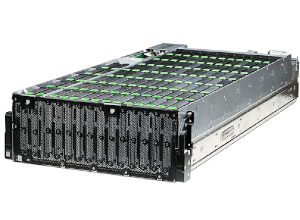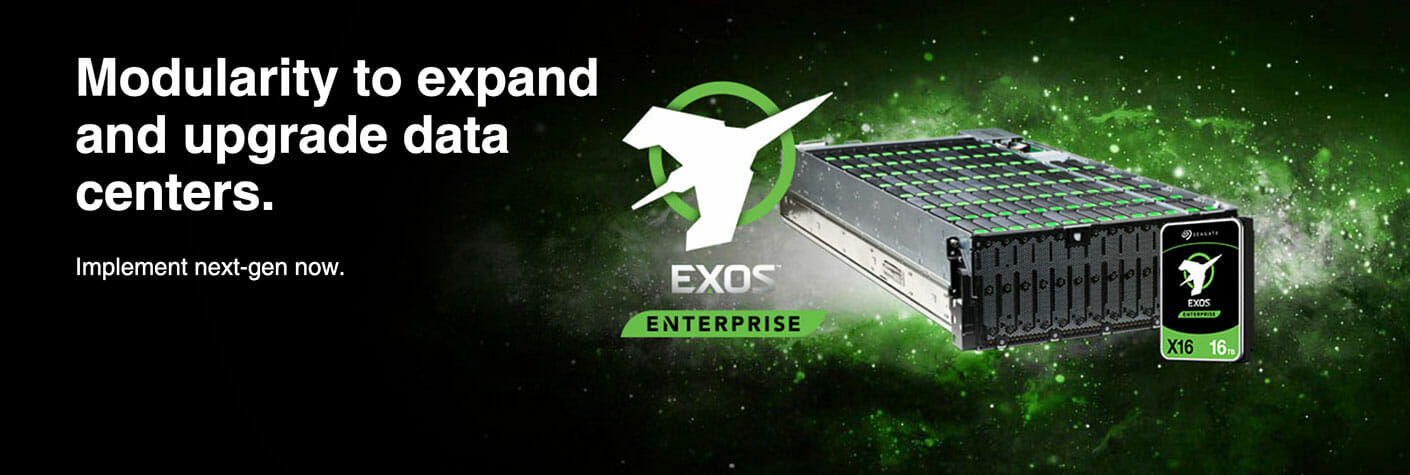How to buy the right Supermicro Server
5 Steps to Help You Buy the Right Supermicro Server
Servers power much of our modern world. Likely you’ve used multiple servers in the last few hours. But, since they do most of their work in the background, many of us don’t give them a second thought. Even in an enterprise environment where the value of modern servers is better understood, we may take them for granted.
How does this mindset affect organizations? It may mean that server technology isn’t updated as frequently or that the power consumption of your setup may be costing your organization thousands of dollars. But, there are more subtle ways that servers can improve or hurt your bottom line. We’re living in an age where experience is everything, and customers have no qualms about jumping ship from a service provider that is unreliable or has poor performance due to outdated or under-specced servers.
Organizations that take customer experience seriously will ensure that their technology meets customer demand and allows room for future growth.
Why Buy Supermicro Servers?
In the past, hardware and software were locked together. This meant that in order to get quality server equipment an organization had to commit to a big brand, and with that came a hefty price tag.
This changed with the advent of the software-defined data center (SDDC). Through virtualization, organizations could run many different types of software on a variety of hardware, effectively ending the need to depend on proprietary hardware.
By leveling the playing field through virtualization, server companies like Supermicro could now go head-to-head with their big brand competition, like HP and Dell. Consider some pros and cons of choosing a Supermicro vendor over its big brand competitors.
Cons
- Some Supermicro vendors only offer limited support. Big brand servers typically come with advanced support services not always provided by Supermicro vendors.
- Limited access to big brand software. Big brand servers may include proprietary management tools not available with other hardware, although a Supermicro vendor can help you find alternatives.
- More expensive for standard low-end servers. Supermicro customers don’t see major cost savings compared to big brands until they buy the more complex servers.
Pros
- Superior customization. Big brand servers typically come prebuilt and are difficult to customize. With a Supermicro server, you can optimize the hardware to fit your unique needs and avoid unnecessary costs.
- Affordable service plans. Tier 1 service plan costs often spike in their 4th and 5th years to motivate customers to upgrade. In contrast, Supermicro vendor service plans can be up to half the cost making long-term support more affordable.
- Excellent build quality. Just because you’re saving money doesn’t mean you’re sacrificing quality. Supermicro servers come with the same quality components as big brand boxes, giving you an unbeatable combination of cost and quality.
For complex server needs, Supermicro has the edge over its more expensive, less flexible competitors. But your analysis shouldn’t stop there. There are many more longer-term benefits to choosing Supermicro.
How Supermicro Servers Improve Business Performance
Supermicro is unique in that it’s a billion-dollar company committed to protecting the environment while innovating in its industry. Here are a few ways it’s doing that.
Supermicro is leading the way in green computing
Green computing saves your business money while saving the environment. How? Most green computing strategies are centered around saving resources, such as those needed to cool and power server farms. Supermicro servers leverage tactics like disaggregated server architecture, free-air cooling, pooled resources, and state-of-the-art rack scale design to drive down consumption and costs in the process.
Supermicro creates cutting-edge server technology
Supermicro continues to innovate the server industry. Advances in disaggregated server architecture make it possible to incrementally update servers by allowing system architects to replace individual components while keeping others like fans, and power supplies. In addition, updates to processors have resulted in gains of 10-15% in performance over the last few years. These advances have led to improvements in customer experience while simultaneously driving down costs.
Supermicro’s technology helps you stay compliant
Another advantage of working with Supermicro technology is that Supermicro works hard to meet the standards of countries from around the world. For example, the European Union started enforcing Lot 9 compliance on March 1, 2020, which puts requirements like minimum PSU efficiency and power factor limits on complete server and storage systems.
On Supermicro’s website, they outline how they comply with the Lot 9 regulation and where customers can find compliance info. This example shows how Supermicro helps its customers comply with government regulations to avoid hefty fines and restrictions on their operations.
How to Pick the Right Supermicro Server for Your Organization
While server technology is complex and highly technical, there are five steps you can take to simplify the selection process. Let’s look at these steps.
1. Analyze your needs
It’s important to start with what your organization needs to satisfy the current load on the server. Then, carefully consider the potential for growth for the next few years. While it’s not likely you can choose a system to last the next 50 years, you can build a modular system that can be upgraded incrementally before needing a complete overhaul.
2. Calculate your budget
Budget is second in this list because thinking of your budget first could hamper your team’s ability to consider the future. Thinking of your organization’s needs and future growth may motivate you to pursue a more robust system that may have higher upfront costs but results in lower long-term expenses.
3. Match your load to the right technology and server options
Now more than ever, it’s important that your team make strategic purchasing decisions. The best server technology should equip your team for current and future load expectations. Supermicro has ample options available to meet your business needs. Equus Compute Solutions has a team of experienced engineers that can help you make purchases to prepare you for current and future needs.
4. Consider the perks of a Supermicro Vendor
Whether you’re a reseller or work in a large organization with many technology needs you may wonder why you should work with a vendor versus working directly with the manufacturer. Quick issue response times, flexible warranty options, and lead times that consistently beat industry standards are just a few of the perks that your vendor can provide. How does this benefit your organization?
Customer-focused support:
- Easy platform and component replacement
- Access to a service repair depot
- 24/7 year-round helpdesk support with translators on standby
- White glove deployment
- On-site service technician support
- Local support for most US cities
Reduced lead times:
- Access to a secondary manufacturing queue
- Ability to source alternate component options
- Dedicated sales team to quickly send quotes and ensure product delivery
Configuration flexibility:
- Extensive component manufacturer relationships
- More opportunities to save on individual components
- Some vendors like Servers Direct provide additional configuration flexibility for Superserver and Ultraserver product lines
5. Get expert help
If you’re still struggling to make a decision, don’t leave this important investment up to chance. Talk to a server specialist who can help you find the best solution for your unique needs.
Future-proof Your Organization With Advanced Technology
The demand on your organization’s infrastructure will only increase as technology becomes more complex and user expectations increase. To keep up, data center operations must keep costs low while looking to the future. Supermicro works hard to be on the leading edge of server technology and leveraging the right technology can give you an advantage over the competition. If you’re thinking about upgrading your servers, talk to one of our specialists today.
Server experts are available to assist you by emailing sales@www.serversdirect.com or by calling direct at 800-576-7931

 Seagate EXOS E 4U106 JBOD
Seagate EXOS E 4U106 JBOD

